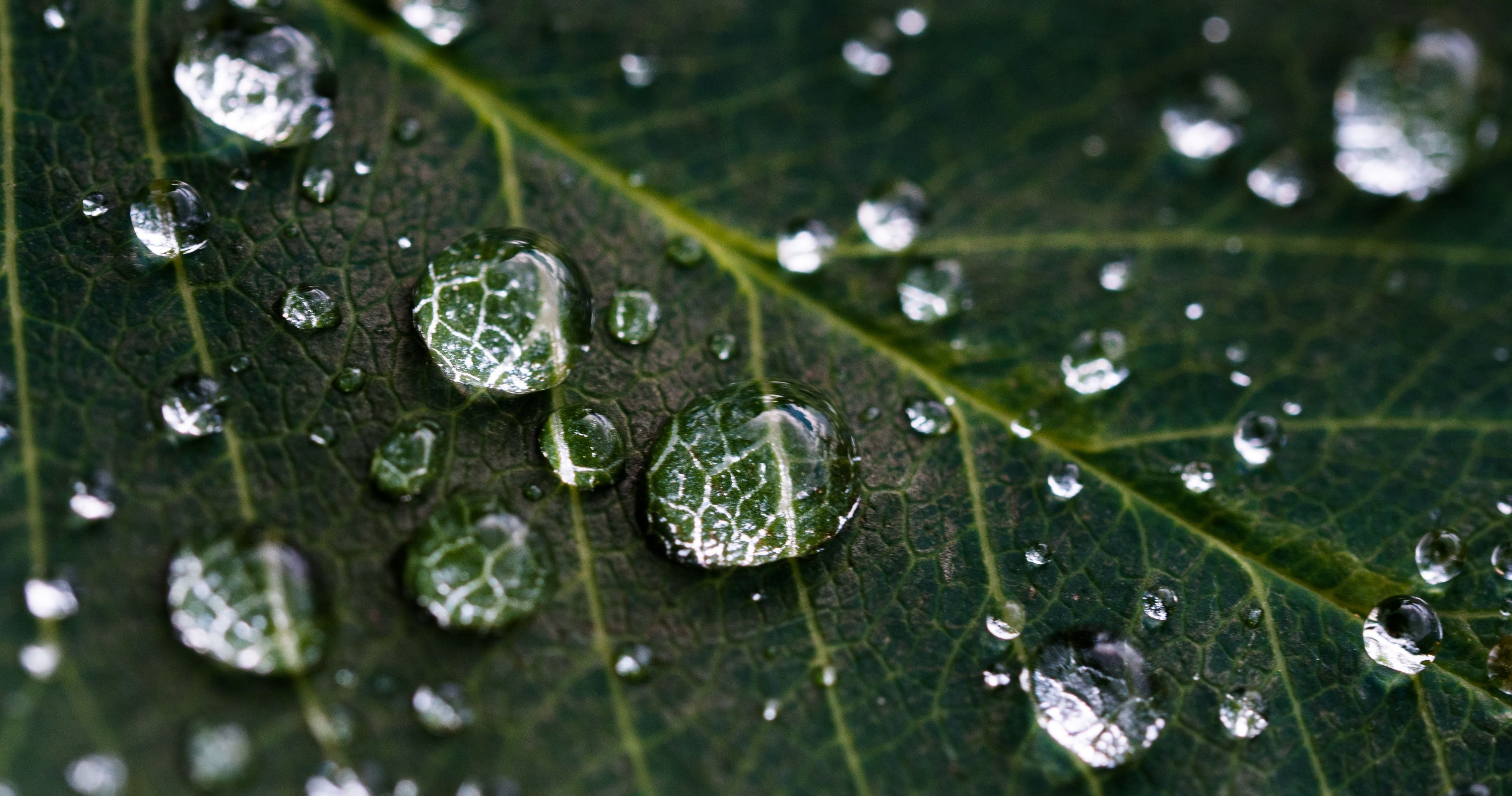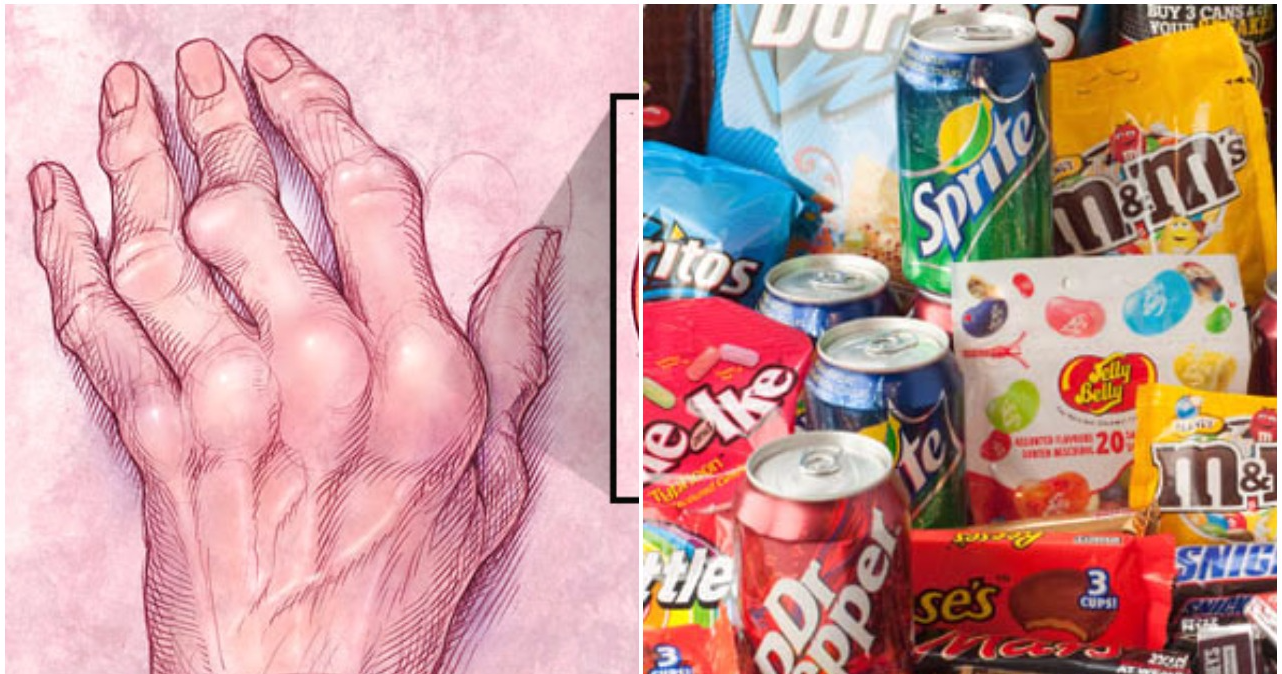Macro photography is the art of taking photos that are larger than life, but where the subject is, in fact, rather small. It is a fascinating form of photography that allows you to really examine the details of objects in an up close and personal way, whilst of course capturing some stunning images.
Whilst macro photography might once have only been available to some photographers due to the expensive equipment that was required, this is no longer the case. With a DSLR or digital point and shoot camera macro photography is available to everyone.
Macro, micro or just close up?
Whilst micro and macro mean the opposite, micro meaning small and macro meaning large, they are both often used to describe this type of photography because they achieve the same thing; making something small seem large.
True macro photography is done using a dedicated macro lens, if you use a Canon camera, or a micro lens if you favour Nikon. This type of lens can offer you a minimum of 1:1 magnification.
Close up photography may appear to be the same, but it isn’t, the lens used is a non-macro one, and the objects appear large because the images are taken from close up. The main difference because of this is the amount of fine detail that can be seen in the images and also the degree of magnification that can be used.
Using a specific lens will offer a really clear image where even the smallest details can be identified.
The right equipment
Macro photography can be affordable and simple, but if you want it to be it can also be expensive and far more complex. How affordable you make it depends entirely on your requirements.
If you already own a digital camera then you in fact have everything that you need in order to begin exploring macro photography. The majority of DSLR and digital point and shoot cameras also have a macro mode that you can select that will also allow you to take the kind of images that you want.
If you already own a 50mm “prime” or fixed focal length lens, then you actually have the basics that you need for your macro setup.
Taking great macro photos
Whilst having the right equipment will really help when it comes to taking good macro photos, just like every other type of photography the key thing you need to do is practice. Experiment as much as you can with different sets and keep adapting your technique – this is the best way to take great macro photos.
As the saying goes “practice makes perfect” so ensure that you are shooting lots, make sure you try different subjects and different types of lighting, both natural and artificial. That way you know what works for you and what doesn’t. Try taking photos of things outdoors as well as objects indoors. If you are stuck for inspiration, a photo sharing site is a great place to view the work of other photographers and to share tips and tricks.
Consider depth of field when you are taking your photographs. When you are closer to your subject the region of sharp focus that you have, the depth of field, becomes shallower – this makes getting all of your subject in focus difficult. If you are using a DSLR you can decrease your aperture to compensate. However, if you are using a point and shoot then there is nothing you can do. Decreasing your aperture will restrict your light so you may also need to decrease your shutter speed as well.
Finally, you want to ensure that you keep your camera as steady as possible so it is worth investing in a tripod. This will really help you to get the most from your photograph when you have everything set up properly.

